Our Blog
Lumps and Bumps on Pets: What are They and When to Worry

Discovering a lump or bump on your pet can be concerning at best, frightening at worst. It’s understandable to worry: Is it normal? Does my pet need to see the veterinarian right away?
While new lumps and bumps on our pets should never be ignored, in many cases, they end up being nothing to worry about. Our medical team at Lone Tree Veterinary Medical Center has seen countless lumps and bumps, so you can rely on us to help determine when one is a problem that needs to be addressed and when it’s not.
Continue…What is Your Cat’s Tail Trying to Tell You?
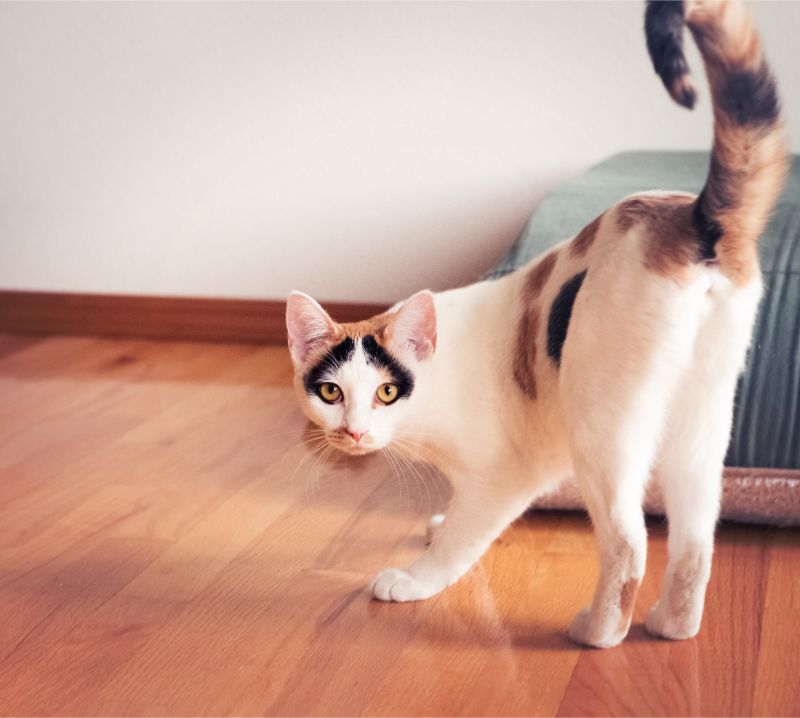
We may not speak the same language as our cats, but that doesn’t mean they can’t communicate effectively with us. While often appearing independent and aloof, cats are constantly communicating their mood, likes, and dislikes with us through that beautiful hind-end appendage, their tail!
When you know what to look for, a cat’s tail can be a wealth of information. With careful observation, and a little help from us at Lone Tree Veterinary Medical Center, you’ll be understanding “cat speak” in no time!
Continue…Can Pets Get Altitude Sickness?

At our altitude of 5,280 feet above sea level, most Denver residents and visitors don’t experience the debilitating effects of altitude sickness. However, once they venture into the mountains, the situation changes. Nausea, dizziness, and shortness of breath associated with altitude sickness. This affects about 20% of people above 8,000 feet. Potentially ruining a day of skiing, hiking, or sightseeing.
Pets are also vulnerable to altitude changes and can experience many of the same symptoms as humans. Left unchecked, altitude sickness in pets can be dangerous. And can lead to a potentially deadly buildup of fluid in the lungs and brain.
There’s nothing wrong with enjoying the great Colorado outdoors with your pet. However, knowing the signs of altitude sickness in pets and when to seek help is crucial for keeping them safe in the mountains.
Continue…Understanding TPLO Surgery In Dogs

Was your dog running happily through the yard one minute, then limping and unable to put weight on one of its rear legs the next? Or, have you watched your older dog become less active due to a gradual deterioration in one of its knees, a problem that you know is affecting your dog’s quality of life?
A torn cranial cruciate ligament (called CCL in pets and ACL in humans) may be to blame. This is a common problem in dogs and, in many cases, requires surgery to correct and to prevent further damage to the knee joint as time goes on.
Tibial Plateau Leveling Osteotomy (TPLO) surgery is one of the most widely used procedures for repairing a torn CCL in dogs (and sometimes cats). At Lone Tree Veterinary Medical Center, we are fortunate to have a skilled and certified TPLO surgeon on our medical team who has helped hundreds of dogs return to an active life through TPLO surgery. Since we have seen so many successful results with this procedure, we thought it important to explain what TPLO surgery is, why it’s so effective, and offer tips for supporting your dog’s orthopedic health after TPLO surgery.
Continue…Splish Splash: Where Should Your Dog Swim?
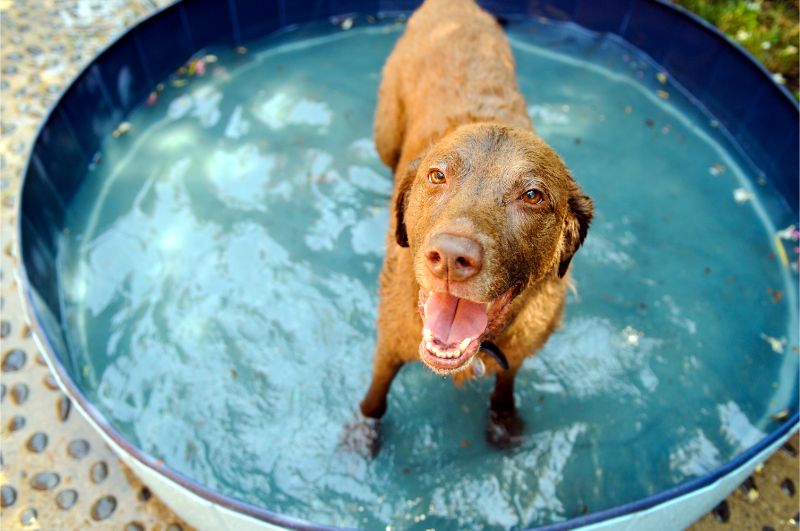
For dogs that love the water, going for a swim on a hot day is a real treat and one of the best parts of summer! However, finding a safe place for your pooch to splash around in is another issue entirely. Should your dog swim in a chlorinated pool? What about a local lake or river? Is it safer to just fill up a kiddie pool in the backyard?
At Lone Tree Veterinary Medical Center, we want pets to get plenty of exercise and bonding time with their owners. With careful observation, appropriate safety measures, and a little common sense, you might find swimming to be an enjoyable activity for you and your furry pal!
Continue…Healthy and Clean: Why Home Cat Grooming is so Important
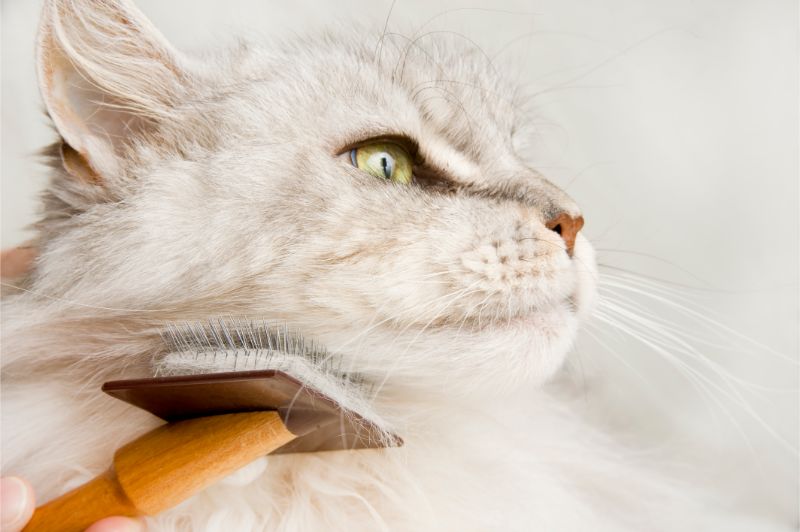
Cats are clean by nature. In fact, it can sometimes seem that your cat spends half its time washing its face and ears, smoothing down fur, cleaning out paw pads, and generally keeping him or herself beautiful.
Regardless of how well your cat takes care of itself, most cats can benefit from a little help. Home cat grooming can help you keep a close eye on your cat’s haircoat, skin, and nails, as well as decrease hairballs by removing loose fur. It can also help deepen the bond you share with your feline companion. Finally, home grooming can help ward off that dreaded visit (by your cat) to the groomer to correct matting and other problems that can result when regular maintenance needs are not addressed.
Continue…Whisker Fatigue in Cats
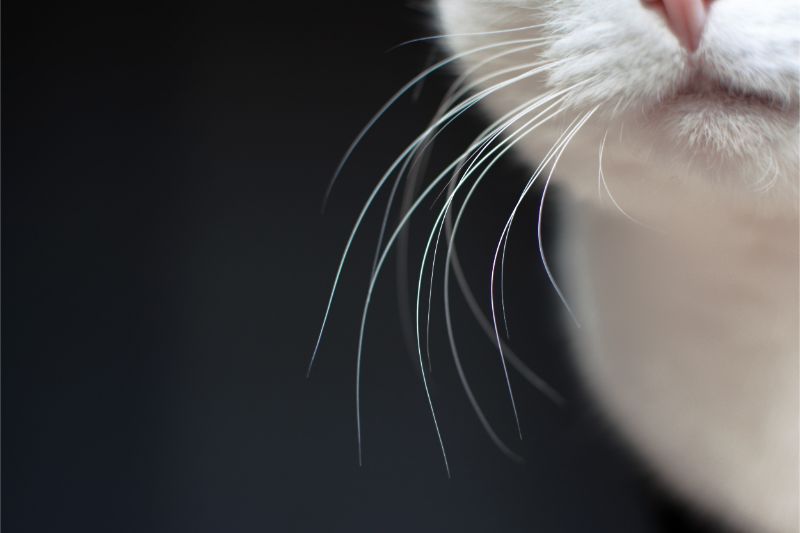
Whisker Fatigue is a term you may not have heard of. Whisker fatigue is actually a condition among cats that can cause significant stress.
The Incredible Whisker
It’s hard to imagine a cat without a set of luxurious, adorable whiskers. The primary function of whiskers is to serve as touch receptors that tell a cat a great deal about the world around them.
Whiskers transmit information about a cat’s environment via tiny sensory organs known as proprioceptors. These organs are located at the base of each whisker. They help cats navigate their environment in the dark, hunt for prey and determine whether or not they can fit into a tight space.
Continue…Dog Parks: Are They Right For Your Dog?

It sounds like a great idea – take your dog to a large, fenced-in area where it can run free with other canine friends. You get to skip the daily walk, check your email, maybe chat with other dog owners, then leave with an exhausted-but-happy dog. What could be better?
Dog parks can be big on the convenience factor for us humans, but being in close proximity to lots of other dogs can also present some problems for your dog. Before taking your pup to the park, it’s important to weigh the pros and cons, so we at Lone Tree Veterinary Medical Center have some important points for you to consider.
Continue…Hitchin’ A Ride: The Case for Flea and Tick Prevention
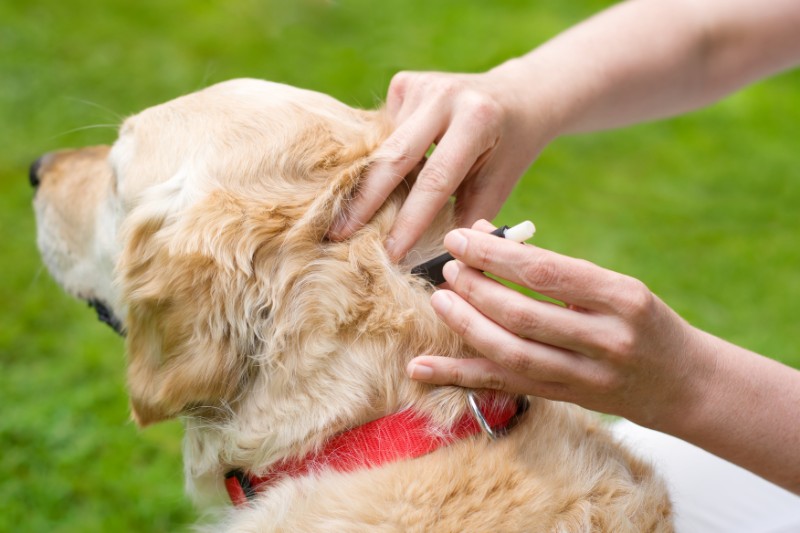
Spring is a notoriously fickle time in Colorado. One day, we’re enjoying temperatures in the 60s, and the next day we’re hit with a snow storm! This variation between cold and warm weather can make it easy to ignore your pet’s parasite prevention. Unfortunately, a little spring snow isn’t enough to keep fleas and ticks at bay for long. Although they may seem inactive during a cold spell, it only takes a few 50 to 60 degree days for parasites to become active again.
Pets most often pick up fleas and ticks outdoors after these parasites drop from other animals onto the ground, grass, or shrubs. Even indoor pets face exposure when people carry the parasites inside on their clothing. Typically, these parasites go unnoticed until they bite your pet, causing itching, skin rashes, and hair loss. Or, as with a tick, you’ve discovered a little round bump on your pet that wasn’t there a few days before.
Continue…Heartworm Disease: A Growing Threat in Colorado

If you’re a longtime Denver area resident, you’ve surely noticed how much the metro area has grown over the past 10 years. And, our population growth continues to extend outward beyond the city and surrounding suburban areas.
While Colorado’s popularity as a great place to live is mostly a good thing, it also affects us in ways that we may not think of, such as how it affects our pets. With more and more people and pets moving here, the number of heartworm disease cases seen by local veterinarians has increased every year.
Continue…


